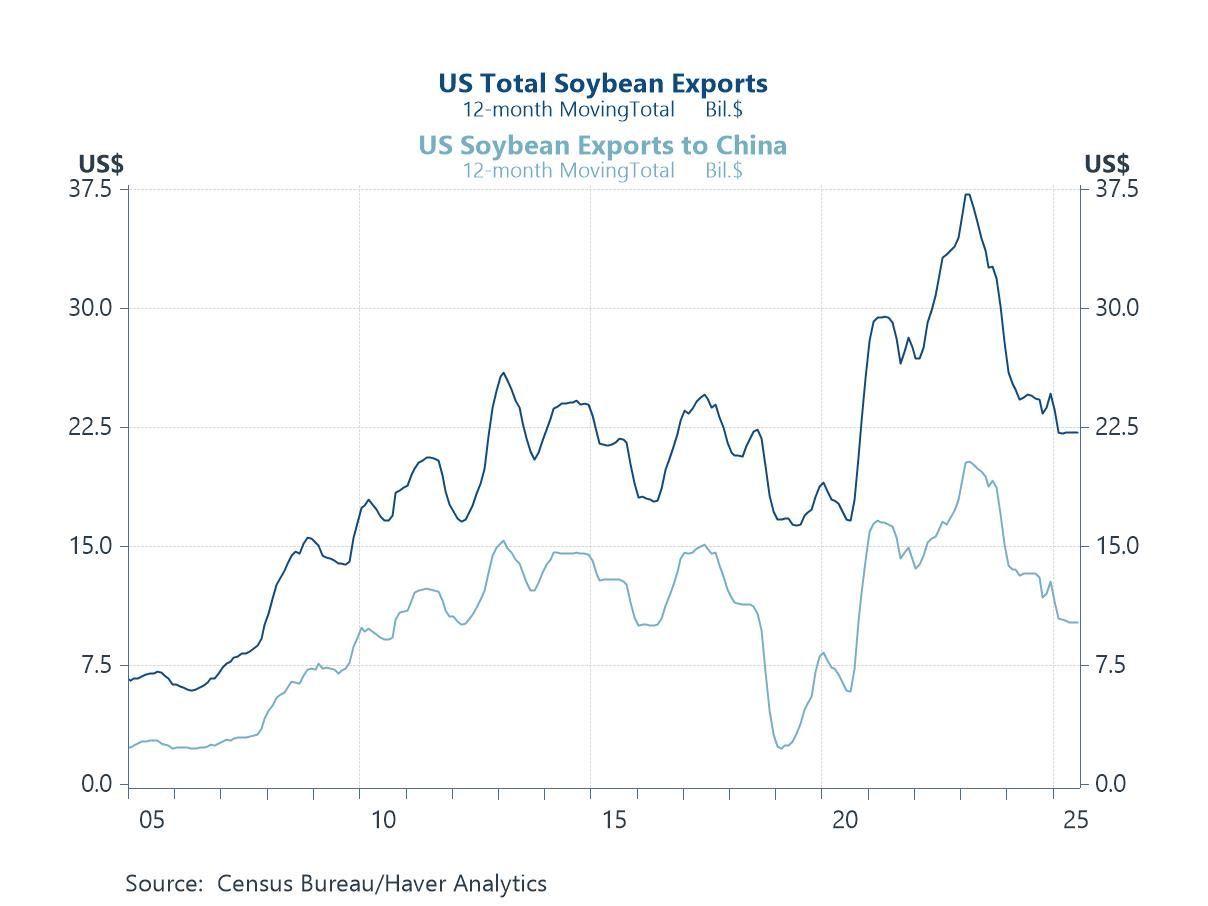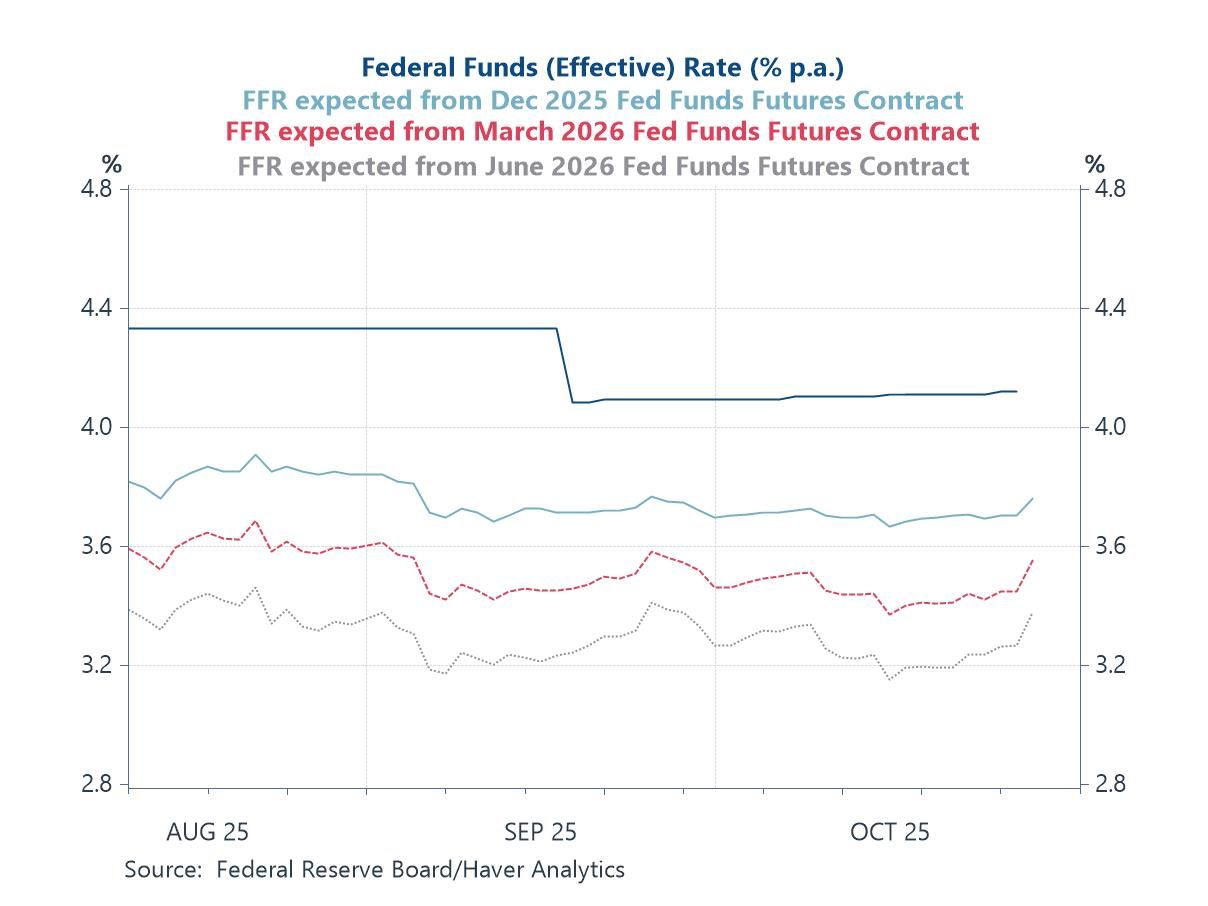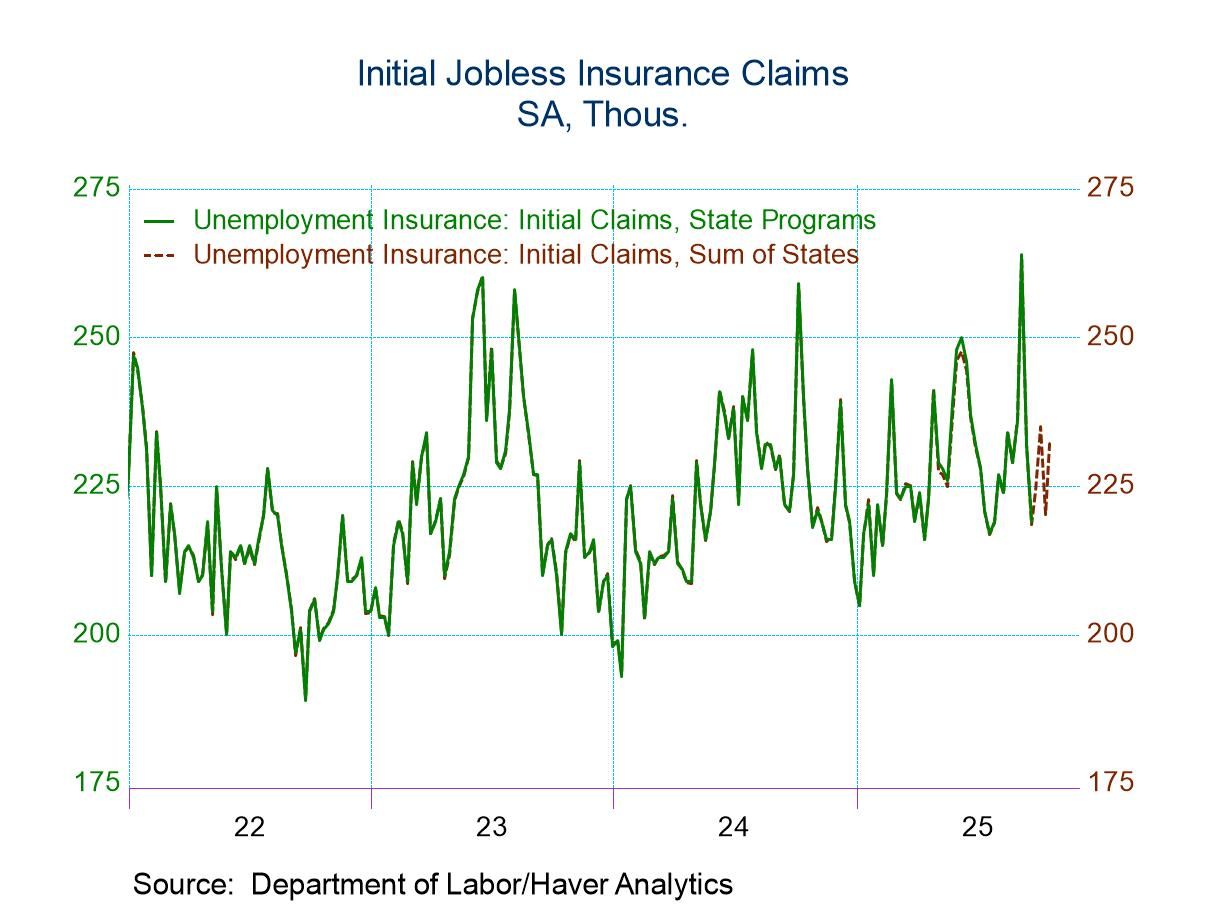U.S. Construction Spending Edges Higher in November
by:Tom Moeller
|in:Economy in Brief
Summary
-
Small increase reverses October decline.
-
Nonresidential building leads improvement.
-
Single-family construction weakens further.
The value of construction put-in-place improved 0.2% during November following a 0.2% October weakening. The 8.5% y/y gain compared to a February high of 11.7% y/y. A 0.5% November decline had been expected in the Action Economics Forecast Survey.
Private nonresidential building led the overall November gain in activity with a 1.7% increase (12.6% y/y) after a 0.6% October decline. Factory construction rose 6.5% (43.2% y/y) while power construction increased 1.2% (-11.0% y/y). Health care construction improved 0.1% (6.9% y/y). A 2.0% decline (+10.6% y/y) in amusement & recreation building offset these gains while office building eased 0.1% (+2.3% y/y).
Private residential construction declined 0.5% in November (+5.3% y/y), the sixth straight month of decline. Single-family construction fell 2.9% (-10.2% y/y) for the second straight month. Multi-family building rose 2.4% (10.7% y/y), also for the second consecutive month. Spending on improvements increased 1.3% (27.6% y/y).
The value of public building eased 0.1% in November (+10.4% y/y) after two straight 1.6% increases. Office building rose 3.0% (5.9% y/y) but commercial construction fell 1.4% (+17.8% y/y). Highways & streets building fell 1.0% (+14.5% y/y) but education building edged 0.1% higher (1.5% y/y). Water supply construction declined 2.0% (+31.6% y/y).
The construction figures can be found in Haver's USECON database. The expectations figure is from the Action Economics Forecast Survey in AS1REPNA.
Tom Moeller
AuthorMore in Author Profile »Prior to joining Haver Analytics in 2000, Mr. Moeller worked as the Economist at Chancellor Capital Management from 1985 to 1999. There, he developed comprehensive economic forecasts and interpreted economic data for equity and fixed income portfolio managers. Also at Chancellor, Mr. Moeller worked as an equity analyst and was responsible for researching and rating companies in the economically sensitive automobile and housing industries for investment in Chancellor’s equity portfolio. Prior to joining Chancellor, Mr. Moeller was an Economist at Citibank from 1979 to 1984. He also analyzed pricing behavior in the metals industry for the Council on Wage and Price Stability in Washington, D.C. In 1999, Mr. Moeller received the award for most accurate forecast from the Forecasters' Club of New York. From 1990 to 1992 he was President of the New York Association for Business Economists. Mr. Moeller earned an M.B.A. in Finance from Fordham University, where he graduated in 1987. He holds a Bachelor of Arts in Economics from George Washington University.




 Asia
Asia

